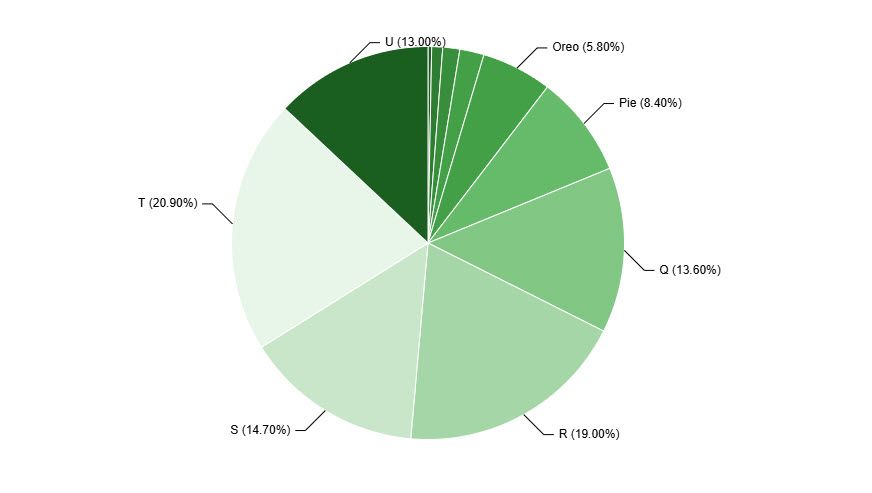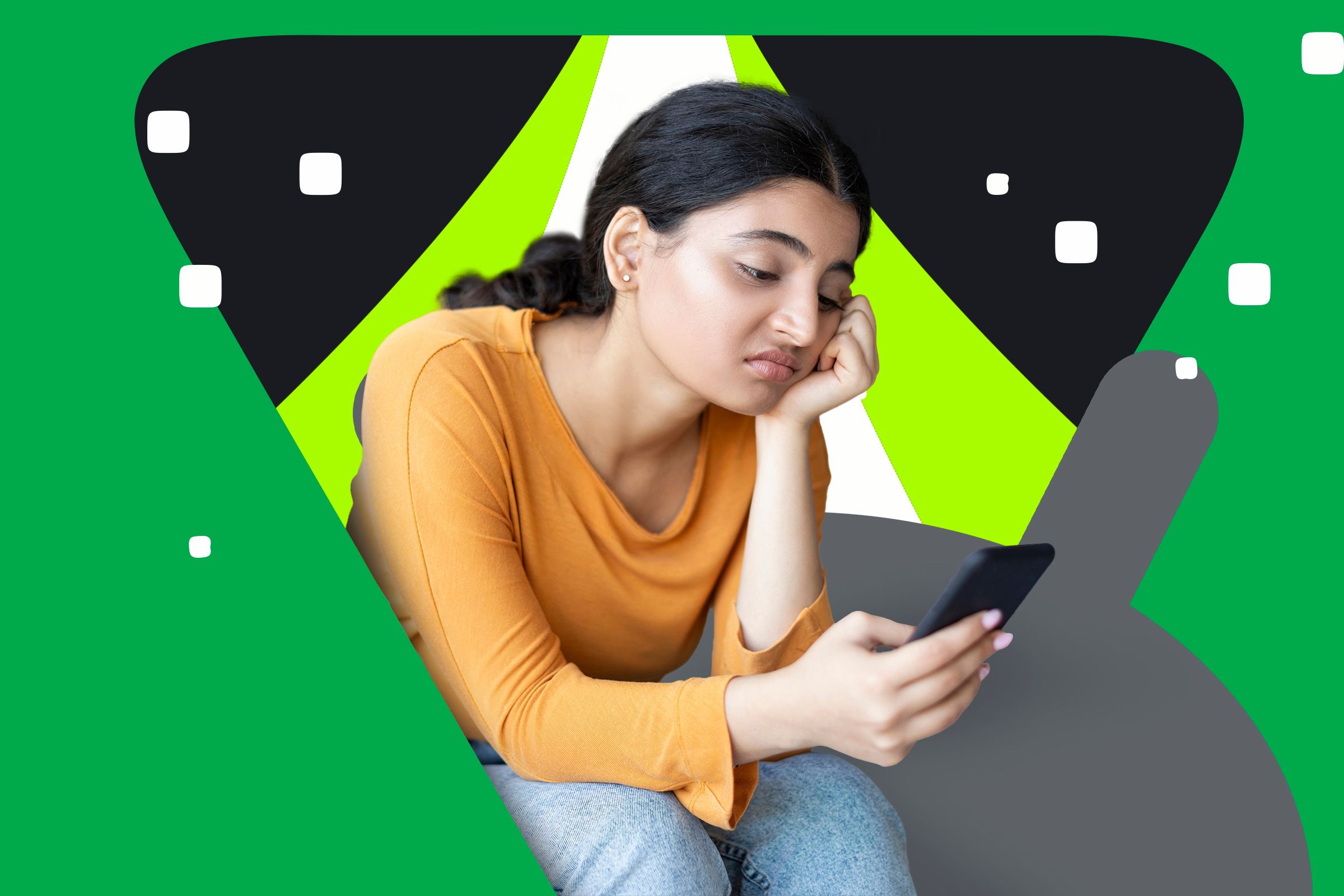While Apple manages to get most iPhones to the latest version of iOS within the span of months, it can take years for a new Android version to be used on the majority of devices. This “fragmentation” was often talked about in years past, but what about today?
The Current State of Android Fragmentation
As it turns out, Google isn’t particularly proud of this whole situation, and thus, it shyly hides it away from most people. You used to be able to see Android distribution numbers right on Google’s Android Developers website. You can still access that information through Android Studio, but if you don’t want to download a whole IDE just to look at numbers, there’s also an unofficial website that compiles this data.
If that website is anything to go by, as of May 1st, 2024, Android 14 is installed on 13% of devices. The most used Android version in that chart is Android 13 which sits at a solid 20.9%, but then we have Android 12, which is also higher than the Android 14 install rate at 14.7%. Android 9, 10, and 11 also have sizable chunks in the chart at 8.4%, 13.6%, and 19% respectively.
Yes, you didn’t read that wrong: Android 11 is the second most used Android version as of 2024. Android 15 is yet to show in the chart, and if it does over the next months, it will probably have an absolutely tiny number at first, probably around 1% or less. The whole situation is very dire, and while Google has made attempts to improve it, it will probably never be truly “fixed.”
Have Longer Update Timelines Helped?
One of the things we’ve seen to boost the adoption of newer versions is way longer update timelines. Both Google and Samsung currently commit to rolling out up to seven major updates across their device lineup. A close third is OnePlus at four years. The new policies are a direct response to what’s probably the most important culprit of this issue—most Android phones barely get one or two updates after release, and a lot of them, especially at cheaper price points, don’t even get one.
We’re too early to see the effects of these new policies as, as of the time of publishing, they are still relatively new. But as long as the policies don’t become widespread and the norm across phone manufacturers, they will probably just be a drop in the bucket. Adoption of newer operating systems will go faster, especially thanks to Samsung being one of the biggest Android OEMs on the planet, selling millions of devices every year. But the problem still won’t be gone.
Why is it Still So Bad Today?
Android fragmentation has always been a problem, but why is it still an unfixed problem? Frankly, the only way to actually fix the problem is if Google took the steering wheel and handled Android updates for all OEMs, identically to what Microsoft does with Windows. This has no chance of happening ever, but Google has taken measures to make it easy for OEMs to roll out new updates.
The most notable one in recent memory is probably Project Treble. Starting with Android 8.0, Android phones separated the actual device stack (drivers and other essential manufacturer-specific bits) from the operating system. The result was that you could actually even boot up “generic” builds of Android on your phone without having them be device-specific custom ROMs.
This was meant to be so OEMs could actually breeze through the bring-up process of new OS versions and, thus, roll out updates more easily. Practically, however, even with this, you still need a phone manufacturer that’s actually willing to release updates. Some are, but most aren’t, and that’s the key problem here.
It’s a shame because iOS updates rolling out to absolutely everyone is one of the coolest parts of having an iPhone. But on the Android side of the pond, we can only hope for things to start to get better over the next years slowly.






